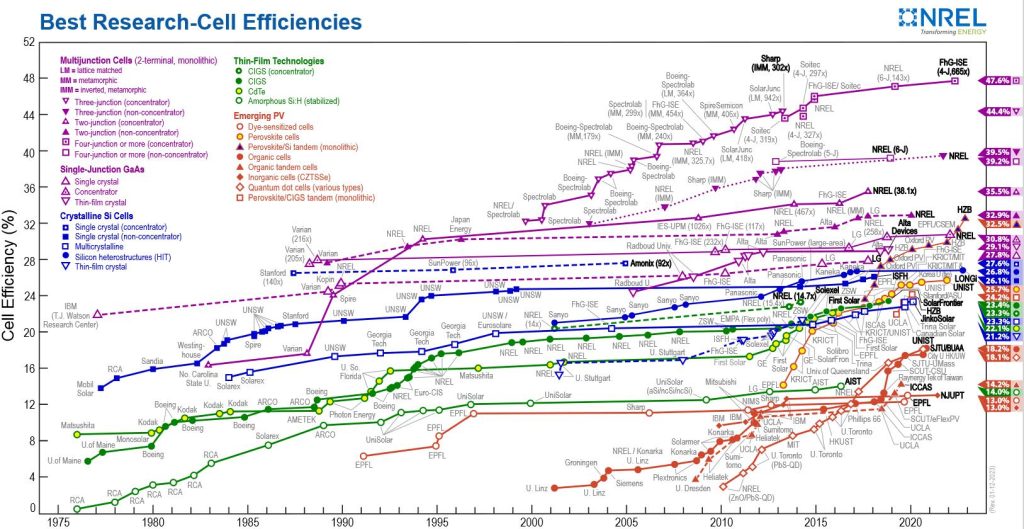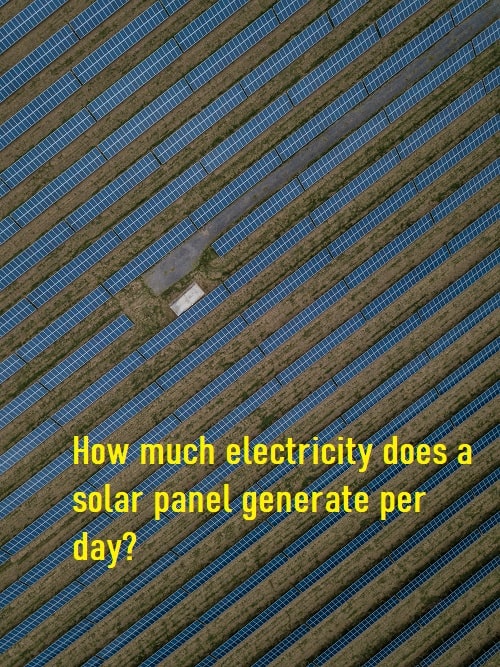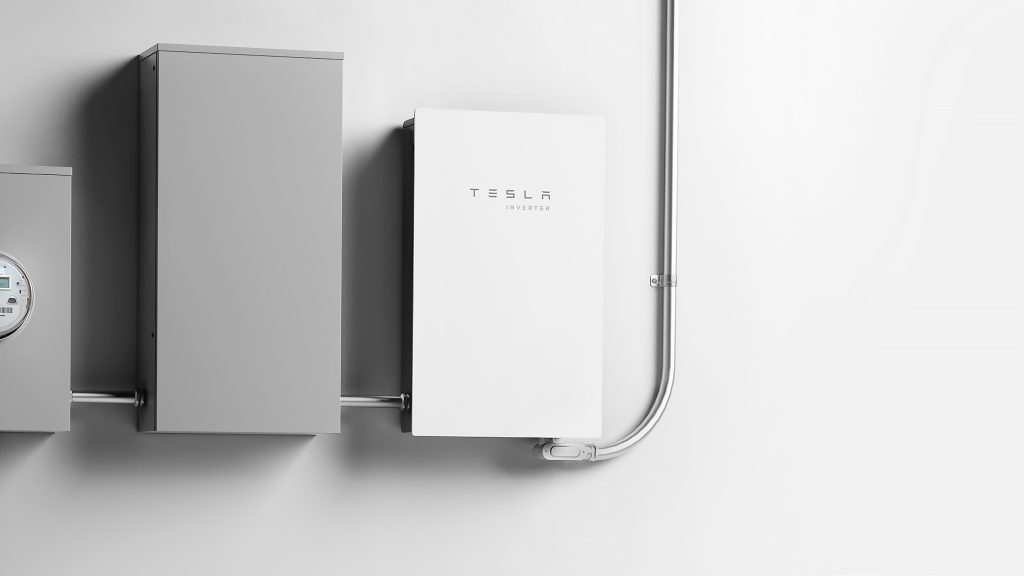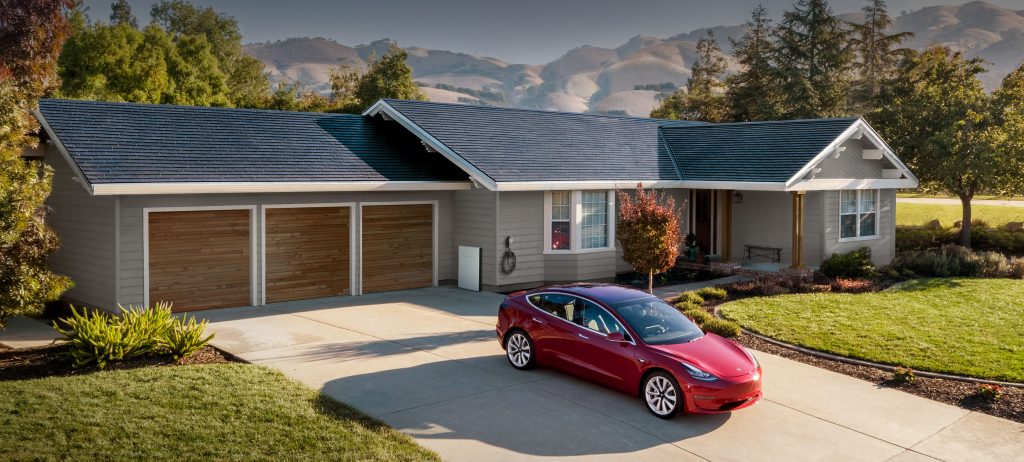Solar panels are a crucial technology for generating clean and renewable energy. Over the years, researchers have been working hard to improve the efficiency of solar panels, with the goal of increasing the amount of electricity that can be produced from sunlight. In this article, we will explore the best research-cell efficiencies in solar panels.
First, it’s important to understand what we mean by cell efficiency. Solar cells are the individual units that convert sunlight into electricity. The efficiency of a solar cell is the percentage of sunlight that is converted into electricity. A higher efficiency means that more sunlight is being converted into usable electricity.
One of the most efficient solar cells currently in development is the perovskite solar cell. Perovskite is a relatively new material that has been shown to be highly efficient at converting sunlight into electricity. In 2020, a team of researchers in China developed a perovskite solar cell with an efficiency of 25.5%. This is one of the highest efficiencies ever achieved for a solar cell.
Another highly efficient solar cell technology is the multi-junction solar cell. Multi-junction solar cells use multiple layers of different materials to capture different wavelengths of sunlight. In 2021, researchers at the National Renewable Energy Laboratory in the United States developed a multi-junction solar cell with an efficiency of 47.1%. This is the highest efficiency ever achieved for a solar cell.
In addition to perovskite and multi-junction solar cells, other highly efficient solar cell technologies include concentrator photovoltaics, tandem solar cells, and dye-sensitized solar cells. Concentrator photovoltaics use lenses or mirrors to concentrate sunlight onto a small area, which increases the amount of electricity that can be produced. Tandem solar cells combine two or more different materials to capture more sunlight. Dye-sensitized solar cells use organic dyes to absorb sunlight and convert it into electricity.
While these solar cell technologies are still in development, they hold great promise for the future of solar energy. By improving the efficiency of solar panels, we can generate more electricity from the same amount of sunlight, making solar energy more cost-effective and accessible for everyone.
In conclusion, the best research-cell efficiencies in solar panels are currently being achieved through perovskite and multi-junction solar cell technologies. These highly efficient solar cell technologies are still in development but hold great promise for the future of solar energy. As research continues, we can expect to see even more efficient solar panels in the coming years, making solar energy a more viable and sustainable source of electricity for the world.





